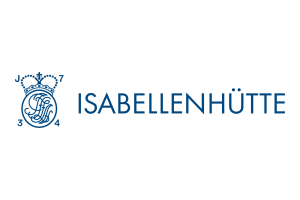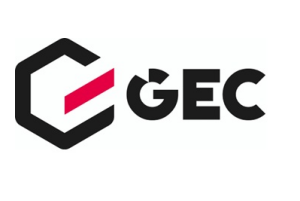Research results presented
Reducing light pollution - but how?
Every year, the illumination of night landscapes by artificial lighting increases globally by about two to six percent per year - with effects on humans and nature. A new guideline describes how local authorities can succeed in reducing light pollution.
Researchers from the Leibniz Institute of Water Ecology and Inland Fisheries (IGB), the Federal Agency for Nature Protection (BfN) and the University of Münster have jointly published a new guideline for the fight against light pollution. One speaks of light pollution when artificial light at night has a negative impact on humans and light-sensitive creatures.
Concrete recommendations
In the introduction to the action guide, the authors describe how light pollution is measured and announce regulations. Part 2 contains explanations of the effects of artificial light on humans and animals. In part 3, legal requirements follow, which are particularly helpful for municipal employees when planning outdoor lighting. Part 4 of the guide provides clear recommendations for action, for example, how to choose the lowest lighting class or how to implement a lighting control system that is timed to suit the needs of the community. The guide also covers radiation geometry, selection of the correct light colour and behaviour in cases of conflict.
Effects on people and nature
»About 30 percent of vertebrates and even more than 60 percent of invertebrates are nocturnal and can be affected by artificial light at night. The protection of the night must therefore be seen more strongly than before as a fundamental task of nature and landscape conservation«, says Prof. Dr. Beate Jessel, President of the BfN.
In the absence of explicit regulations for outdoor lighting, companies often treat industry standards for lighting as legal regulations in practice. In many cases, local authorities or companies even exceed the minimum requirements of the technical standards in order to exclude possible claims for damages – for example in the case of traffic accidents – and to prevent the accusation that street lighting does not comply with the state of the art. As a result, outdoor spaces are often illuminated much more than necessary, with possible negative effects on people and nature. However, it is possible to minimise the ecological impact of artificial lighting while at the same time meeting social requirements such as safety and aesthetics.
Blue light particularly harmful
First author Dr. Sibylle Schroer of the IGB gives concrete examples of solutions: Municipalities should use luminaires that do not emit light upwards. The illuminance should be as low as possible and cold white light with a high blue light component should be avoided. This is because the internal clock, the so-called circadian system, of higher vertebrates and humans is particularly sensitive to blue light. Using warm white light can reduce the negative effects on many organisms and is often perceived by humans as more pleasant. Reducing light pollution brings further advantages, for example in terms of energy savings and thus climate protection, as well as for human health.





